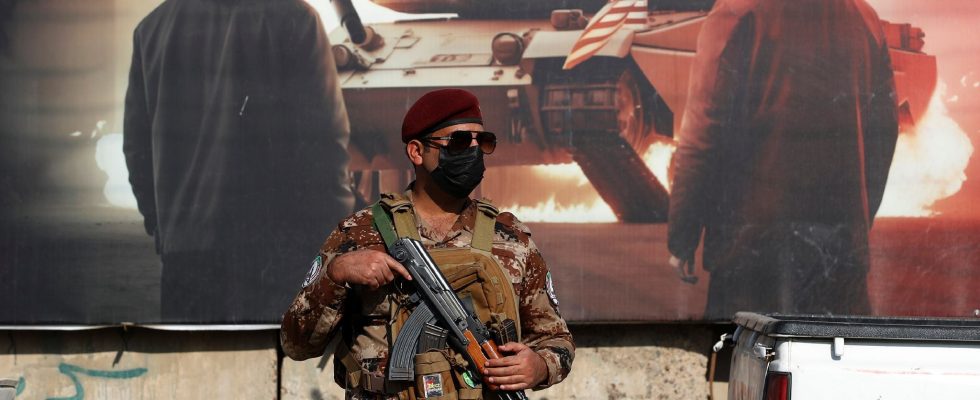In three months, Iran decided to enter into direct conflict with four nuclear powers. With Israel, first, attacked by Hamas in the south and by Hezbollah in the north, two terrorist groups financed and armed by Tehran. Pakistan was then hit by Iranian strikes in mid-January in retaliation for a double attack in southern Iran. The United Kingdom too, which sees its ships targeted by the Houthis of Yemen in the Red Sea. And, finally, the United States.
A new phase of regional war?
Since its advent in 1979, the Islamic Republic has dreamed of expelling all American presence from the Middle East, for fear of the power of the “great Satan”. October 7 and the war in Gaza awakened the galaxy of its cronies: in a few weeks, pro-Iranian militias carried out more than 160 attacks against American bases in Iraq, Syria and Jordan. On January 28, a drone offensive pierced the defenses of one of these bastions, Tower 22, killing three American soldiers and injuring 25 others. “This enormous, dramatic event could lead to a shift in the Middle East into a new phase of war,” confides a diplomatic source in the region. “When the Americans are directly affected, they respond and work to eradicate any future threat. “
The military response promises to match the emotion aroused in Washington. After the announcement of the death of the three soldiers, the Republican opposition and part of the American press attacked the “weakness” of Joe Biden, accused of having been slow to respond to Iranian provocations. Several senators are now calling for a direct strike on Tehran… Nine months before delicate elections, these reproaches touch a sensitive point for Biden, whose age and apparent fragility no longer fit with the American superpower.
But the image of the President of the United States cannot make us forget the real strength of its 45,000 soldiers stationed in the Middle East. “With its network of militias, its drones and its missiles, the Iranian regime may have the impression of projecting its omnipotence in the region, notes Alex Vatanka, of the Middle East Institute. But its leaders have their eyes bigger than the belly and find themselves, in reality, in a particularly precarious situation: they do not really control their militias, and they no longer really serve Iranian interests…” The return to reality could be painful.
